I’m 23, so I’ve been young and broke for basically like 10 years now. I thought that I had to go to stores like Forever 21, H&M, and American Eagle to keep up with all the latest trends. Those were, after all, the stores that were affordable for someone like me who liked to buy new things fairly often. I didn’t know what my clothes were made of, and I didn’t care as long as they looked cute and felt comfortable. I kinda knew, in the back of my mind, that the people who made these clothes worked in horrible conditions and weren’t paid fairly for their labour … but I just tried not to think about that.
Well, since I started this inquiry back in September, I’ve purchased one (1) brand-new piece of clothing from a store. I wish it could have been none, but I find it almost impossible to buy pants that fit at the thrift store because most of them are too big. I needed a pair of pants that I could wear to work. Clearly, it’s not always possible to buy everything secondhand, but from now on, I want to keep thrifting the vast majority of my closet.
First of all, it’s cheaper than what any fast fashion store can offer. Sweaters are usually $8-10. Jeans are $10-15. Winter coats are around $20-25. But that’s if you don’t go on a sale day! I pay attention to 50% off days which helps me find items I need for crazy good prices. Now, I have 4 or 5 warm winter coats so I can keep from getting bored wearing the same exact coat every day.
In addition, the items I find at the thrift store are way better quality than what most stores make these days. I know, I know, your grandparents always say that “they don’t make things like they did back in the old days,” but with clothing it’s totally true. The fashion industry has evolved into a neverending cycle of purchase, wear, take a photo, post it to Instagram, forget about it, and throw it out once the trend has died. Many popular influencers never appear in the same outfit twice, which is a disgusting waste of resources. The culture of always preferring to buy something new over reusing something old has led to fashion companies designing clothes that will wear out extremely quickly – clothes just aren’t built to last. We’re making them out of man-made fibres such as polyester and acrylic that are essentially just plastic that will never biodegrade.
So, I shop at the thrift store, and I buy wool, which traps a lot of heat and keeps me toasty warm in the winter. I buy silk, which drapes so smoothly and beautifully. I buy leather, which is durable and will last a lifetime with proper care. I buy cotton, which breathes beautifully. And yes, I buy fur – I know it’s controversial, but vintage fur means that a new clothing item was not created just for me – I’m simply making use of a garment that already exists and will keep me warm for many winters to come.
Secondhand items aren’t perfect. I’ve found moth holes in the sleeve of a wool sweater. One of my winter coats has a hole in the pocket and some moth holes at the bottom hem. A recent purchase has a missing button, so I have to look for a similar one to fill the gap. But I know how to fix these small problems, and I can extend the life of a garment instead of purchasing a new one. These clothing items are worth far more than what I paid for them, because they’re made of strong, sturdy, natural materials. They were made to last, and I will make them last.

Real fur hat. Real silk scarf. Merino/mohair sweater. All thrifted. The leggings were a hand-me-down too!
In the future, I would like to try reducing even my thrifting purchases. Since there is such an abundance of inexpensive, high-quality clothing, I feel tempted to keep purchasing. It’s the thrill of the hunt when I’m at the thrift store! But I want to make sure that I love everything I own and that I actually wear all my clothes regularly. Otherwise, it sits around and goes to waste when someone else could be enjoying it. So I think I’d like to challenge myself to not buy any clothing for a month. Maybe it will be January. Can I do it? I think I can!
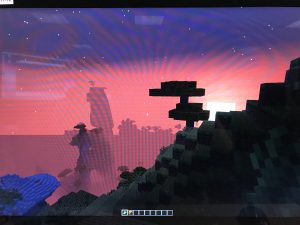

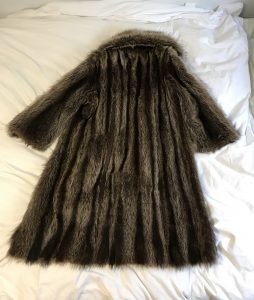

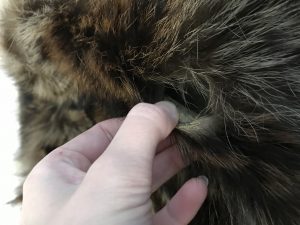
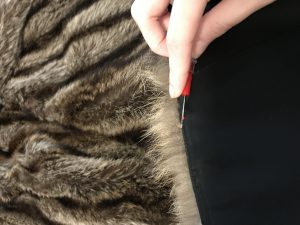
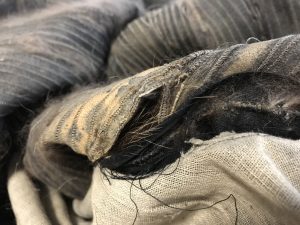
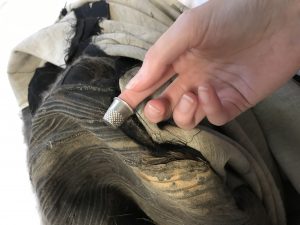
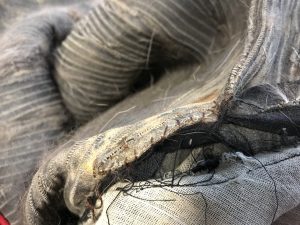
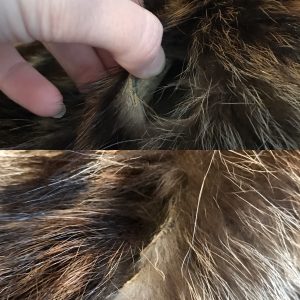


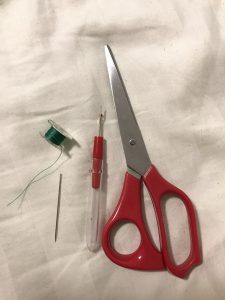

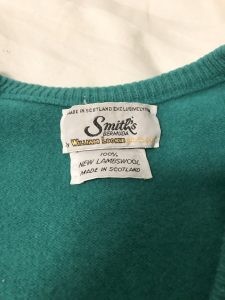
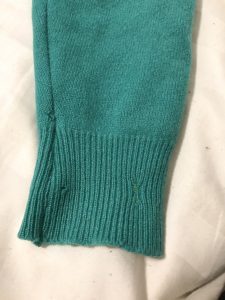
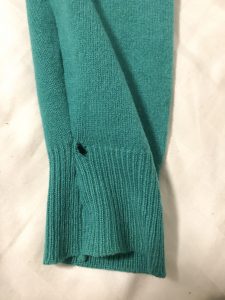

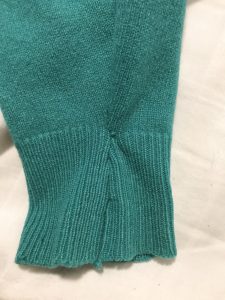
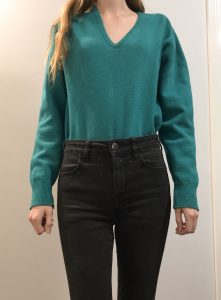


Recent Comments